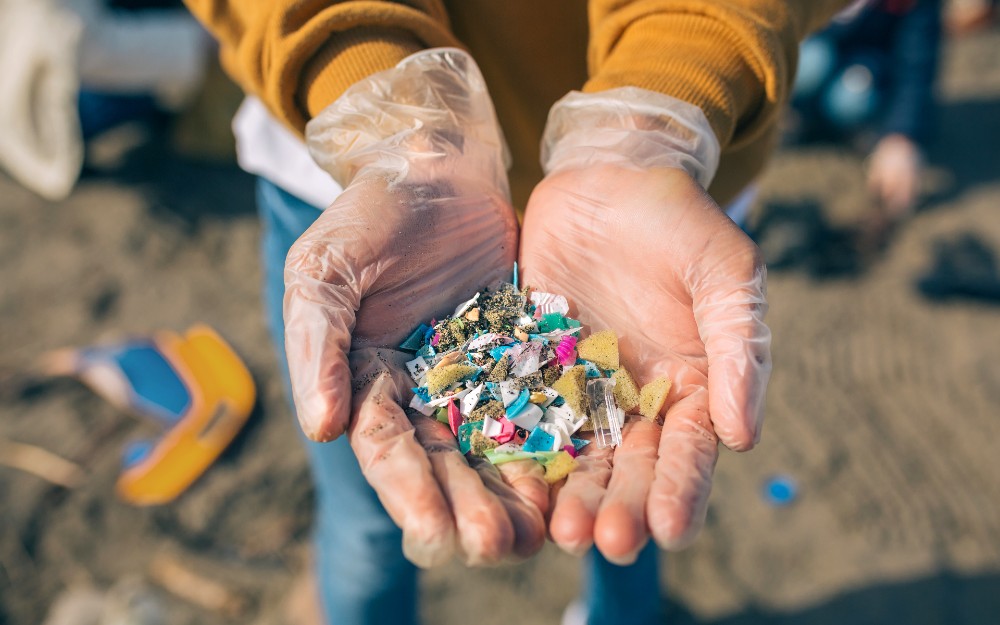Module 3: Lesson 1
Students will gain an understanding of the chemistry of plastics and how scientists at FIU can identity and categorize microscopic pieces as plastic or not plastic, based on infrared spectroscopy. They will be presented with spectra from microplastics and non-plastic items found along Biscayne Bay and determine what type of plastic it is (or not), and what the item could have been in its working life. Students will also learn about chemical structures, empirical formulas and percent composition of polymers.

Lesson Plan
Essential Question: What do molecules and compounds look like in terms of composition and structure?
Objectives: By the end of this lesson, students will be able to:
- Interpret formula representations of molecules and compounds in terms of composition and structure
- Assess the effectiveness of innovative methods of protecting the environment
Create Connections
Ready for more? We offer many ways to engage with our research.
Standards-aligned programs create a more immersive experience for your students and enhance the learning outcomes of Mission Inspire.
Our professional development camp guides educators in making curricula that connect students with real university research.
Free activities and resources connect learners everywhere with experts from the nation's fourth-largest public research university.